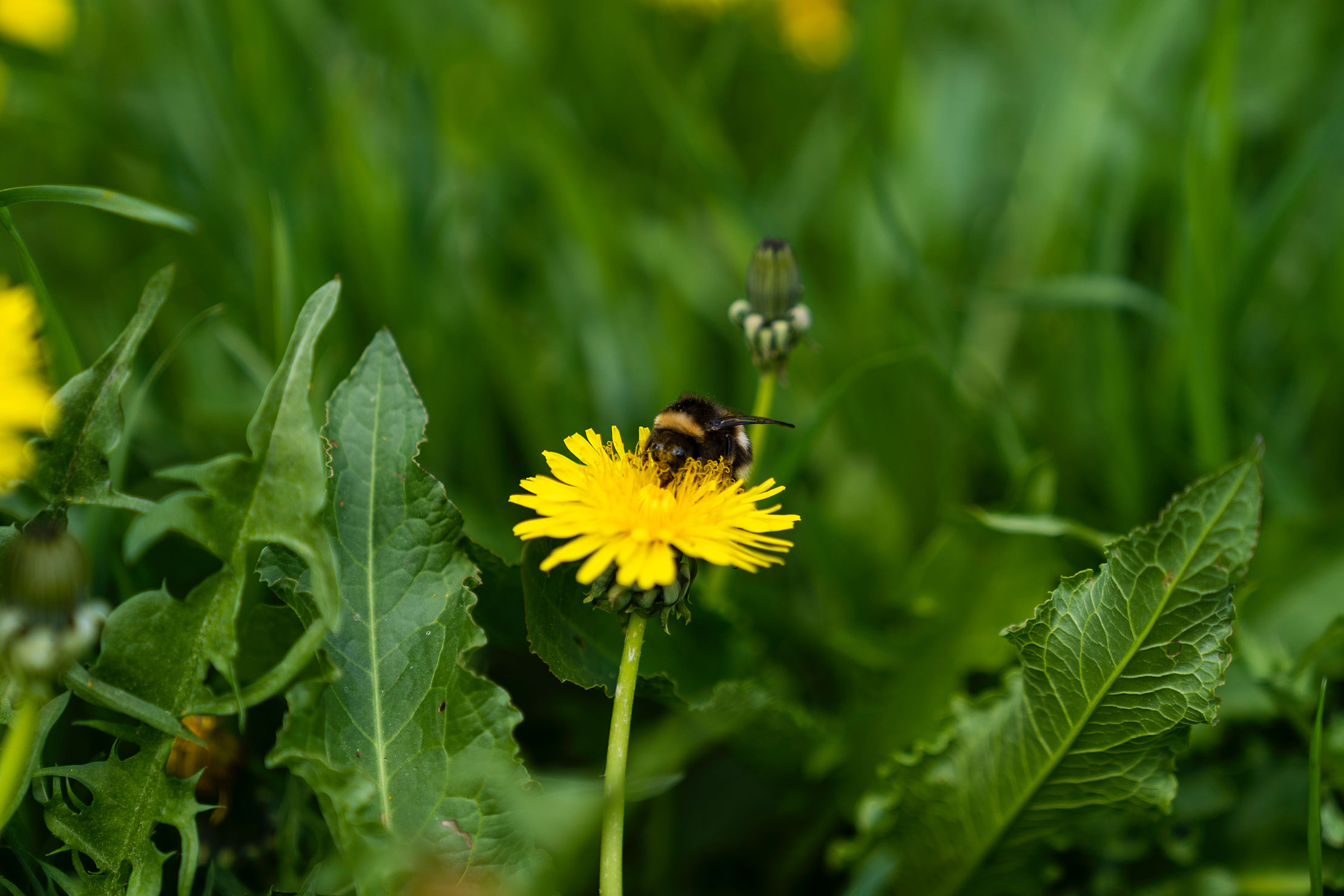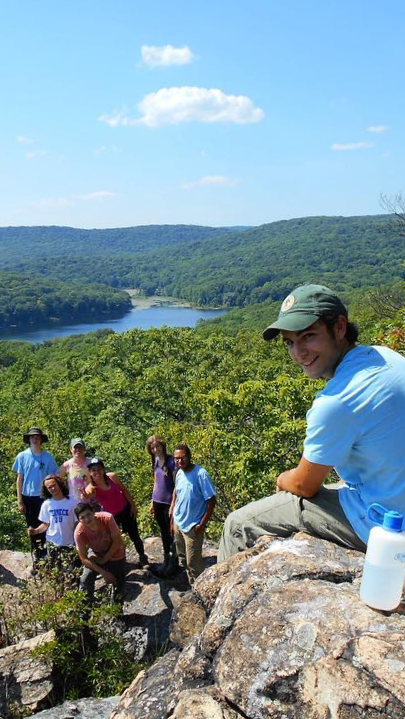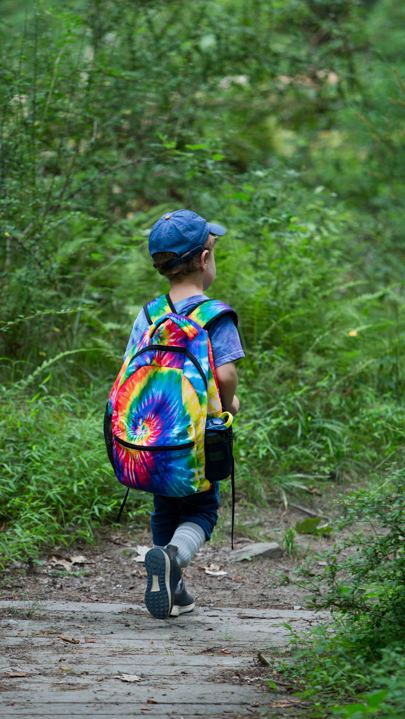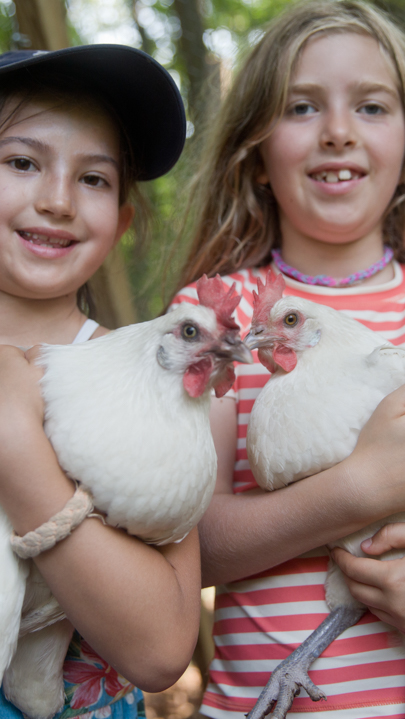Wild Edibles (with Paul Tappenden)

This is the beginning of a new and exciting venture in The Dirt: a monthly piece from our local wild forager (and frequent Nature Place collaborator) Paul Tappenden on what’s wild and edible in and around our area.
Every year at about this time you may have noticed bushes covered in bright red berries. If upon closer inspection you notice that the berries have little silvery white speckles, and the underside of the dark green leaves are silvery, then you are in the presence of autumn olive. Although most of them are rather tart, they can be used in a number of ways.
Important safety note: there are many types of red berries ripening this time of year, some of them poisonous. If you have any questions in identifying autumn olive, please get in touch with us.
If you are lucky, you’ll find a bush that bares a sweetish fruit that you eat straight off the bough, but if you find they are too tart, they can be cooked down into a tasty jelly or a sauce for pouring over ice-cream, pancakes or even for use with savory dishes.
To make a sauce, you’ll need to boil down the berries in about an eighth the amount of water, until they are soft and mushy. At this point I push the mush through a sieve, using a wooden spoon, leaving the seeds and skins behind. You could, of course use a food mill. Returning the pushed mush to the pan, I add sufficient sweetener (usually coconut sugar, palm sugar or honey) to balance out the tartness. The sauce is now ready to use, however, it is somewhat thin at this point. To thicken it I’ll boil down either crab apples or regular apples and strain them the same way, then add it one to one to the autumn olive sauce. I then transfer it to a jar and store it in the refrigerator or freezer.
You can toss the fresh berries into a muffin mix, rather like you would cranberries, or experiment with your own recipes. However you decide to enjoy them, they are a very rich source of lycopene, which is a strong antioxidant. They are also an excellent source of vitamin C.
Paul Tappenden is the Rockland Forager. You can see regularly updated blogs, videos, a calendar of events, and what he and other foragers, herbalists, and naturalists are up to at www.suburbanforagers.com




